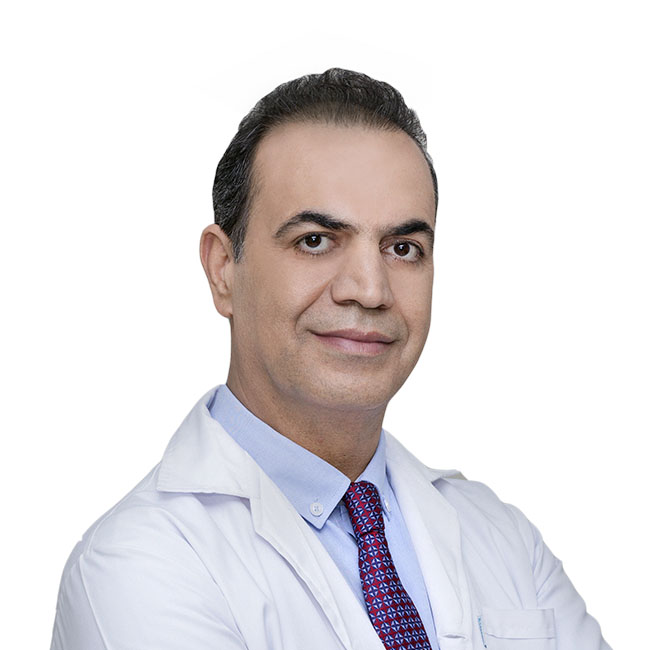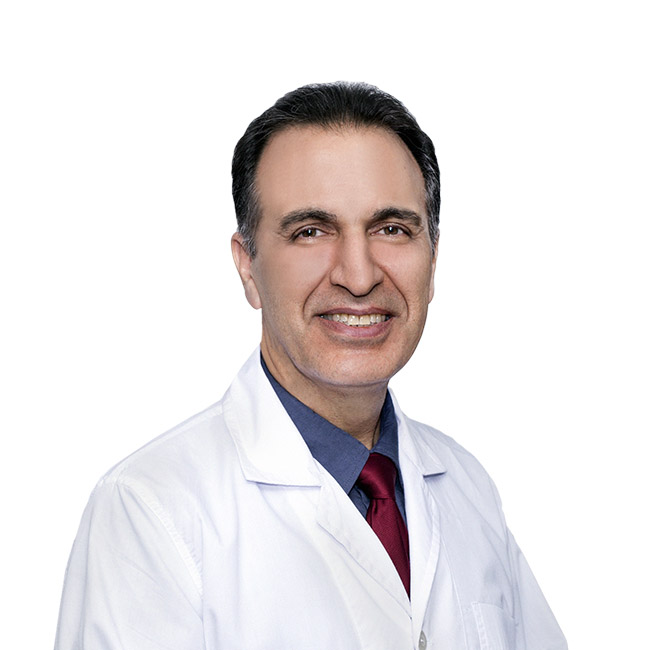Blepharoplasty
Blepharoplasty, commonly known as eyelid surgery, has gained immense popularity in recent years as a cosmetic-therapeutic approach to address excess skin and fat in the upper and lower eyelids. This procedure not only enhances facial aesthetics, making individuals look younger and more refreshed, but it also resolves issues such as reduced visual field caused by drooping eyelids. In this article, we will explore the influential factors affecting the cost of eyelid surgery, providing valuable insights for those considering this transformative procedure.
Understanding Blepharoplasty:
Blepharoplasty, or eyelid surgery, is a surgical technique employed to address puffiness, excess skin, wrinkles, and sagging eyelids. Primarily, this procedure serves as an effective method for eye rejuvenation, countering the effects of aging and heredity that lead to drooping eyelids. Notably, eyelid surgery serves therapeutic purposes as well, as severely drooping eyelids can obstruct one's vision, making the procedure an essential medical intervention.
Crucial Factors Impacting Eyelid Surgery Costs:
The determination of eyelid surgery costs hinges on several factors, each playing a pivotal role in shaping the overall expense. Here, we outline these influential factors to help you gain an accurate estimation of the cost of your personalized blepharoplasty procedure.
- Individual Characteristics: The unique attributes of an individual's eyelids significantly influence the cost of blepharoplasty. Factors such as the degree of eyelid drooping, extent of wrinkles, amount of excess skin and fat, and the need for upper or lower eyelid surgery (or both) contribute to the variation in blepharoplasty costs among individuals.
Furthermore, additional cosmetic procedures, such as eyebrow fixation, eyebrow lift, lacrimal gland fixation, fat grafting, or Botox, may be recommended to be performed simultaneously to optimize aesthetic results. By combining multiple procedures, the cost of the operating room is consolidated, though the duration of surgery may increase.
Surgical Technique: The surgical technique employed in eyelid surgery is another significant determinant of the cost. Different approaches, such as laser blepharoplasty, plasma jet technique, and traditional surgical methods, come with distinct expenses. Laser blepharoplasty is used to reduce puffiness around the eyes or create surgical incisions, while the plasma jet technique involves inducing surface burns to tighten the eyelids. However, the surgical technique remains a superior and more beneficial option for most cases.
Surgeon's Expertise: The expertise and experience of the surgeon play a pivotal role in determining the cost of eyelid surgery. Surgeon fees vary based on their specialization, experience in performing blepharoplasty and other cosmetic procedures, reputation, and track record. Given the delicate nature of eyelid surgery, investing in a highly skilled and experienced surgeon is of paramount importance to avoid potential risks and complications.
Clinic Fees: Clinic-related expenses encompass various components, including the surgeon's salary, nursing staff, surgical tools and equipment (needles, gauze, gowns, gloves), anesthesiologist (if required), and the operating room usage. The quality and facilities of the clinic, adherence to health protocols, geographical location, and popularity all contribute to the variation in clinic costs. Choosing a clinic in a smaller city or a country with competitive pricing may offer a more cost-effective option for eyelid surgery.
In Conclusion:
Blepharoplasty, as a revolutionary cosmetic-therapeutic procedure, has become the solution for eyelid rejuvenation and vision improvement. The costs associated with eyelid surgery are influenced by individual characteristics, the surgical technique employed, the surgeon's expertise, and the clinic's quality. By meticulously considering these factors, individuals can make informed decisions regarding blepharoplasty, ensuring optimal outcomes and a safe surgical experience. Additionally, selecting a highly qualified and experienced surgeon is essential to mitigate potential risks and achieve the desired aesthetic and functional results.




